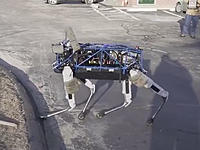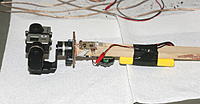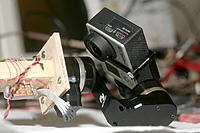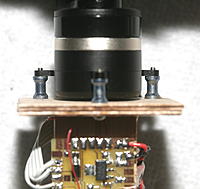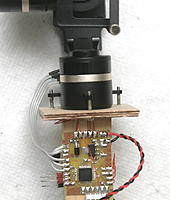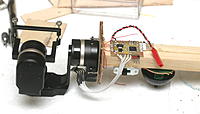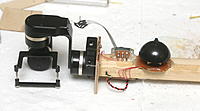Archive for April, 2016
Comments (0)
Add Comment
-
 Views: 225
Views: 225
-
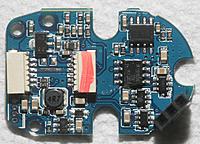 Views: 225
Views: 225
Yaw board top has 0603 components, probably because this motor would get the hottest. -
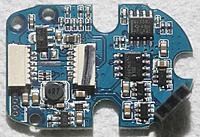 Views: 238
Views: 238
Roll board top has 0402 components. Breaking through the conformal coating for a few resistors revealed they're probably the same values. -
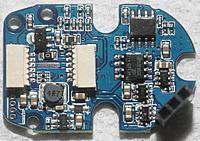 Views: 209
Views: 209
Pitch board has an extra 0R resistor for its linear regulator -
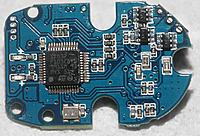 Views: 248
Views: 248
Yaw bottom side has an extra 0R resistor where the LEDs are. -
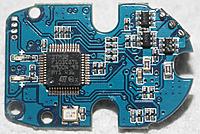 Views: 202
Views: 202
Roll bottom side is identical to the pitch. -
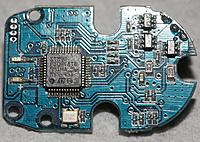 Views: 192
Views: 192
Pitch bottom side is identical to the roll.

